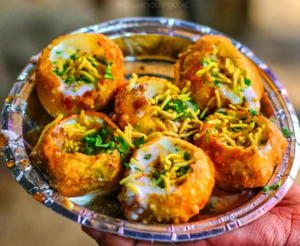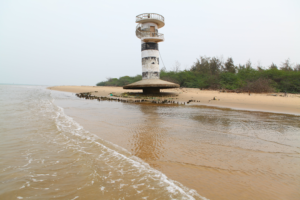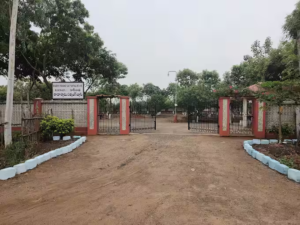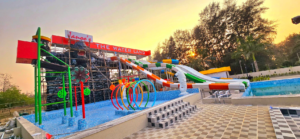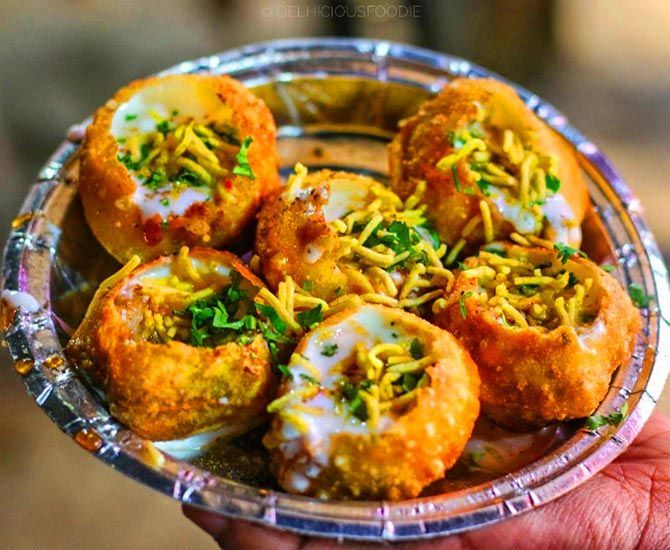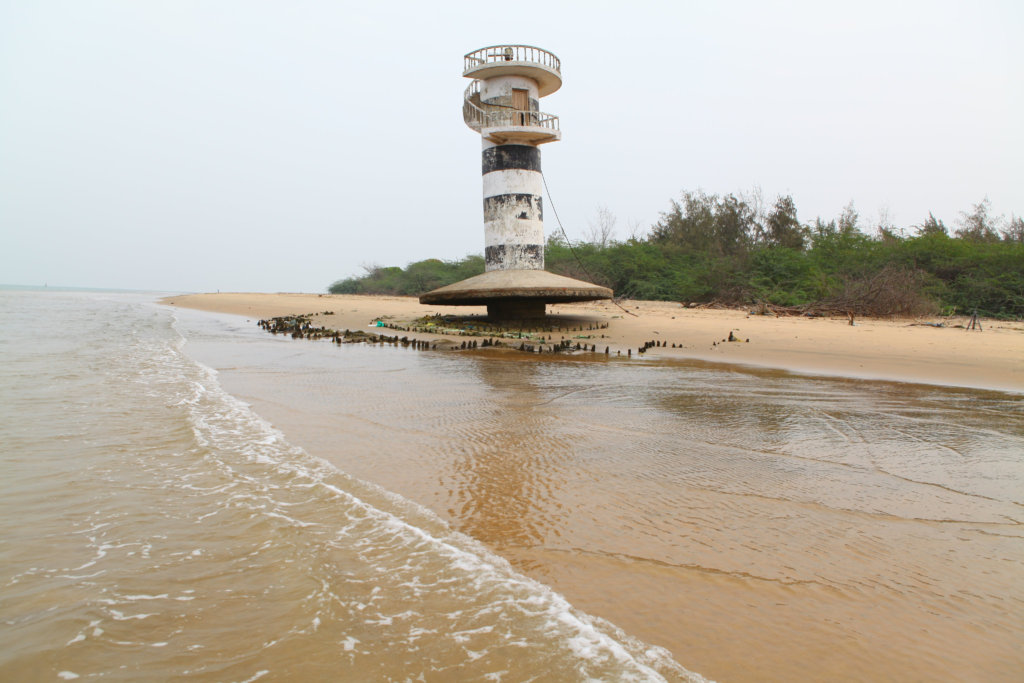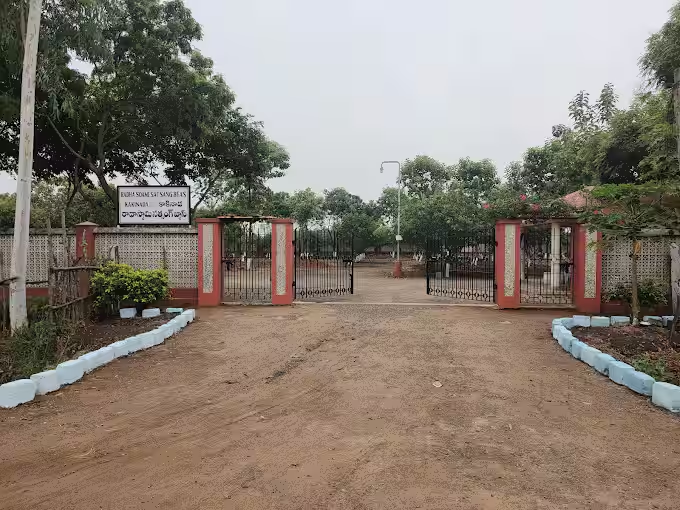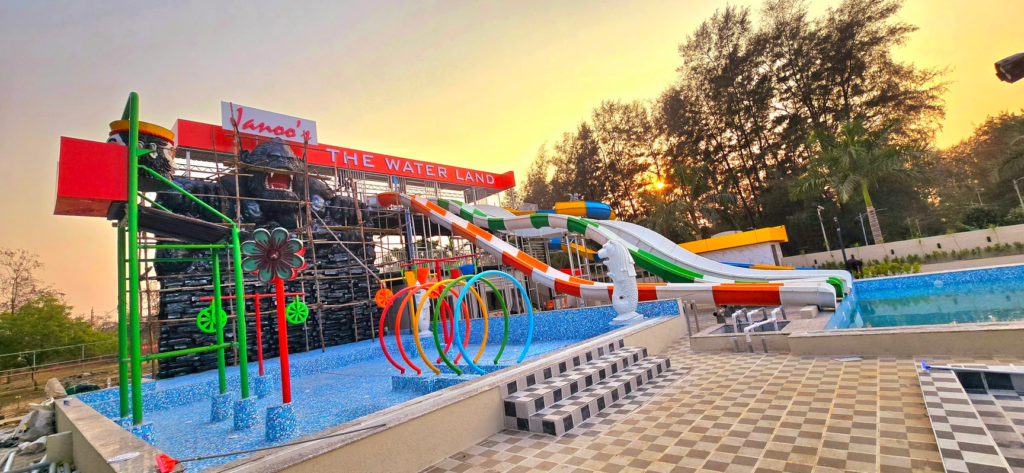Meta Description:
Discover how the River Godavari supports agriculture, fishing, festivals, and local crafts across Andhra Pradesh. Explore the lifeline of the region in this travel blog.
Table of Contents
- Introduction: The Soul of Andhra Pradesh
- A River of Fertility: Agriculture Along Godavari
- Nets and Boats: Life of the Fishing Communities
- Festivals by the Riverbank: Cultural Identity and Rituals
- Artisans and Handicrafts: River as a Muse
- Ecotourism and Boat Rides: A Growing Economy
- Conclusion: The Eternal Embrace of Godavari
Introduction: The Soul of Andhra Pradesh
Flowing from the Western Ghats to the Bay of Bengal, the Godavari is more than a river—it’s a cultural and economic lifeline for millions. Often called the ‘Dakshina Ganga’ or ‘Ganga of the South,’ the Godavari nourishes not just land and crops, but also traditions, livelihoods, and spiritual practices. For travelers, it offers a unique glimpse into the daily rhythm of riverside life in Andhra Pradesh, especially in districts like East and West Godavari.
A River of Fertility: Agriculture Along Godavari
One of the most visible impacts of the river is on agriculture. The vast deltas of the Godavari are among the most fertile regions in India. As you travel through Konaseema or Rajamahendravaram, you’ll find lush paddy fields, sugarcane, coconut groves, and banana plantations thriving on the alluvial soil brought by the river.
The canals and irrigation systems stemming from the Godavari—like the Dowleswaram Barrage—ensure a steady supply of water throughout the year. Farmers here celebrate the river as their lifeblood, and many rituals before planting or harvesting involve offerings made to its flowing waters.

https://images.app.goo.gl/5VxTPchM3JWhc35Z9
Nets and Boats: Life of the Fishing Communities
The Godavari is also a crucial source of freshwater fish, supporting thousands of fishing families. A trip to Yanam, Kakinada, or the river’s estuarine villages reveals a vibrant community where boats set out before dawn, and fish markets bustle by noon.
Traditional fishing methods using hand-woven nets, bamboo traps, and catamarans are still practiced, especially during the river’s peak flow in monsoon. Fish like rohu, catla, and prawns are both consumed locally and exported, adding significantly to the regional economy.
Festivals by the Riverbank: Cultural Identity and Rituals
Every few kilometers, the Godavari becomes the focal point for spiritual gatherings and cultural events. The most iconic of these is the Pushkaralu—a river festival held once every 12 years, attracting millions of pilgrims who bathe in its sacred waters.
Temples like the Kotilingala Ghat in Rajamahendravaram or the Draksharamam shrine reflect the deep spiritual connection locals have with the river. Bathing ghats become venues of devotional songs, rituals, and community kitchens during auspicious occasions, reinforcing how the river nourishes both body and soul.
Artisans and Handicrafts: River as a Muse
The Godavari’s influence isn’t confined to fields and fish—it flows into the very spirit of local art. In areas like Etikoppaka and Narsapur, artisans use resources from the region—like wood, clay, and natural dyes—available due to the fertile environment sustained by the river.
Lacquer toys, handloom textiles, palm-leaf crafts, and coir products all have a place in the region’s vibrant markets. These crafts are often showcased during river festivals and fairs, providing livelihood for generations of families.
Ecotourism and Boat Rides: A Growing Economy
Tourism is emerging as another livelihood connected to the Godavari. From houseboat stays in Dindi to mangrove safaris in Coringa Wildlife Sanctuary near Kakinada, the river is at the heart of eco-tourism initiatives.
Travelers can enjoy serene boat rides, spot rare birds, or stay in riverfront resorts that blend nature with tradition. Local guides, boatmen, and hospitality providers find steady income from tourism that revolves around the Godavari’s scenic and cultural richness.
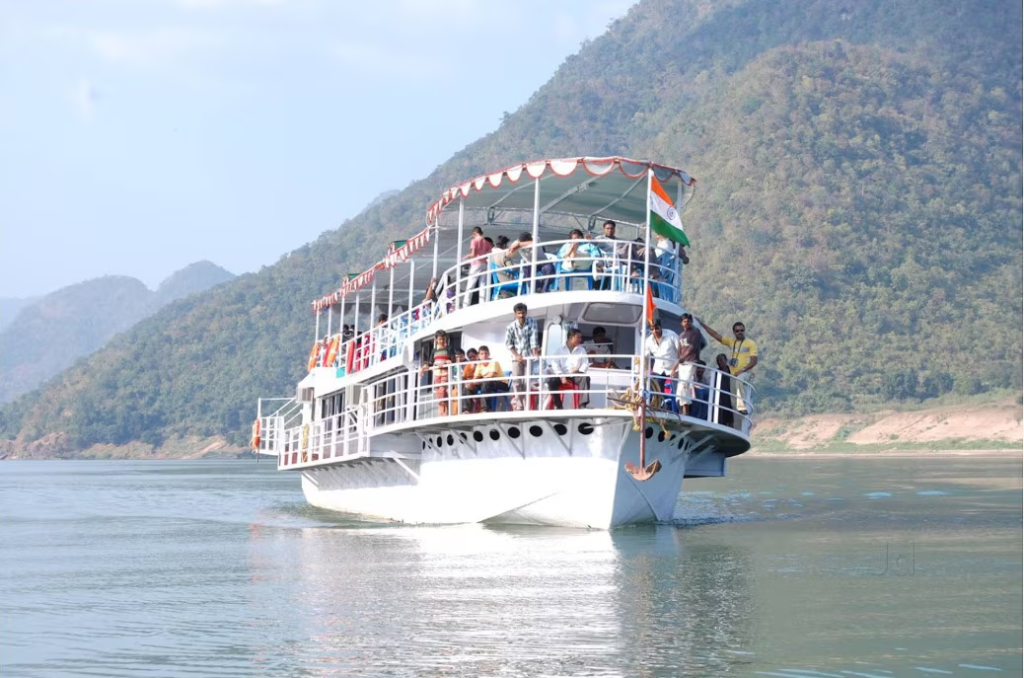
https://images.app.goo.gl/opUzhEYKpnawTMX5A
Conclusion: The Eternal Embrace of Godavari
The River Godavari is not just a geographical feature—it is an ecosystem of opportunity and meaning. It supports farmers in the fields, fishers on the boats, weavers in their workshops, and priests at temple ghats.
For a traveler, exploring the region around this mighty river is a chance to witness how nature and culture blend into one. Whether you’re watching a sunset over its calm waters or tasting fresh fish in a riverside village, the Godavari offers more than beauty—it offers a story of survival, celebration, and symbiosis.

